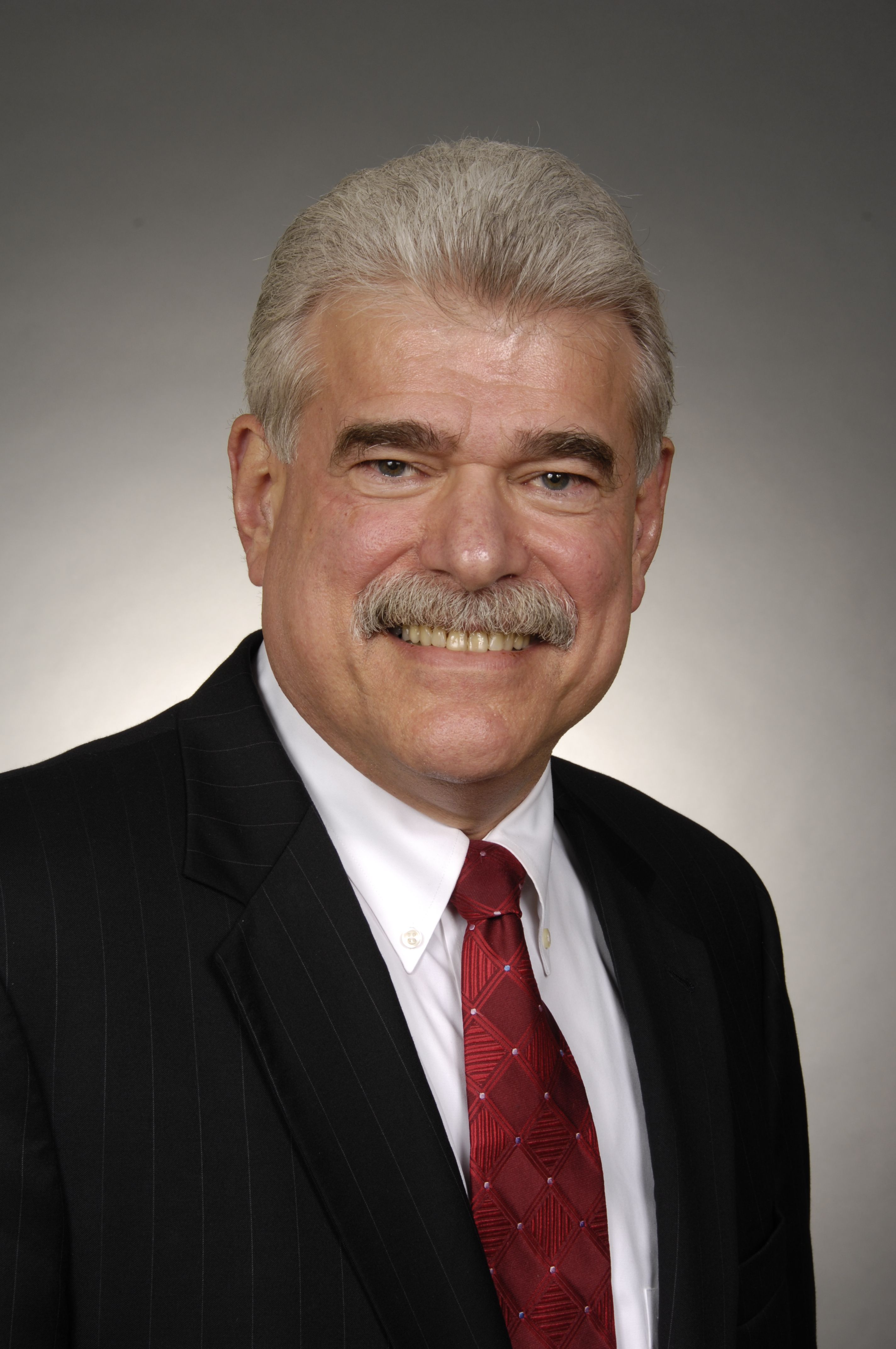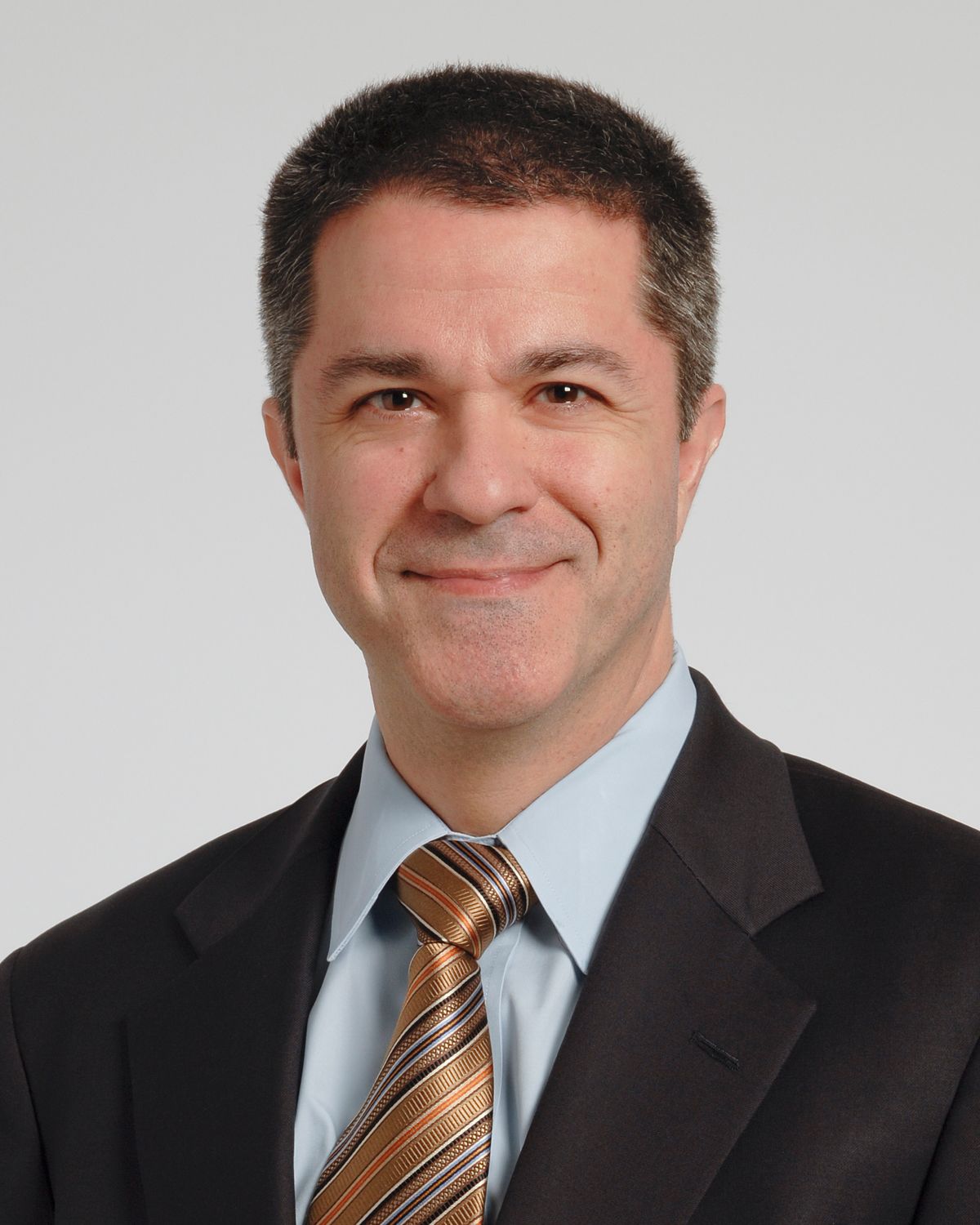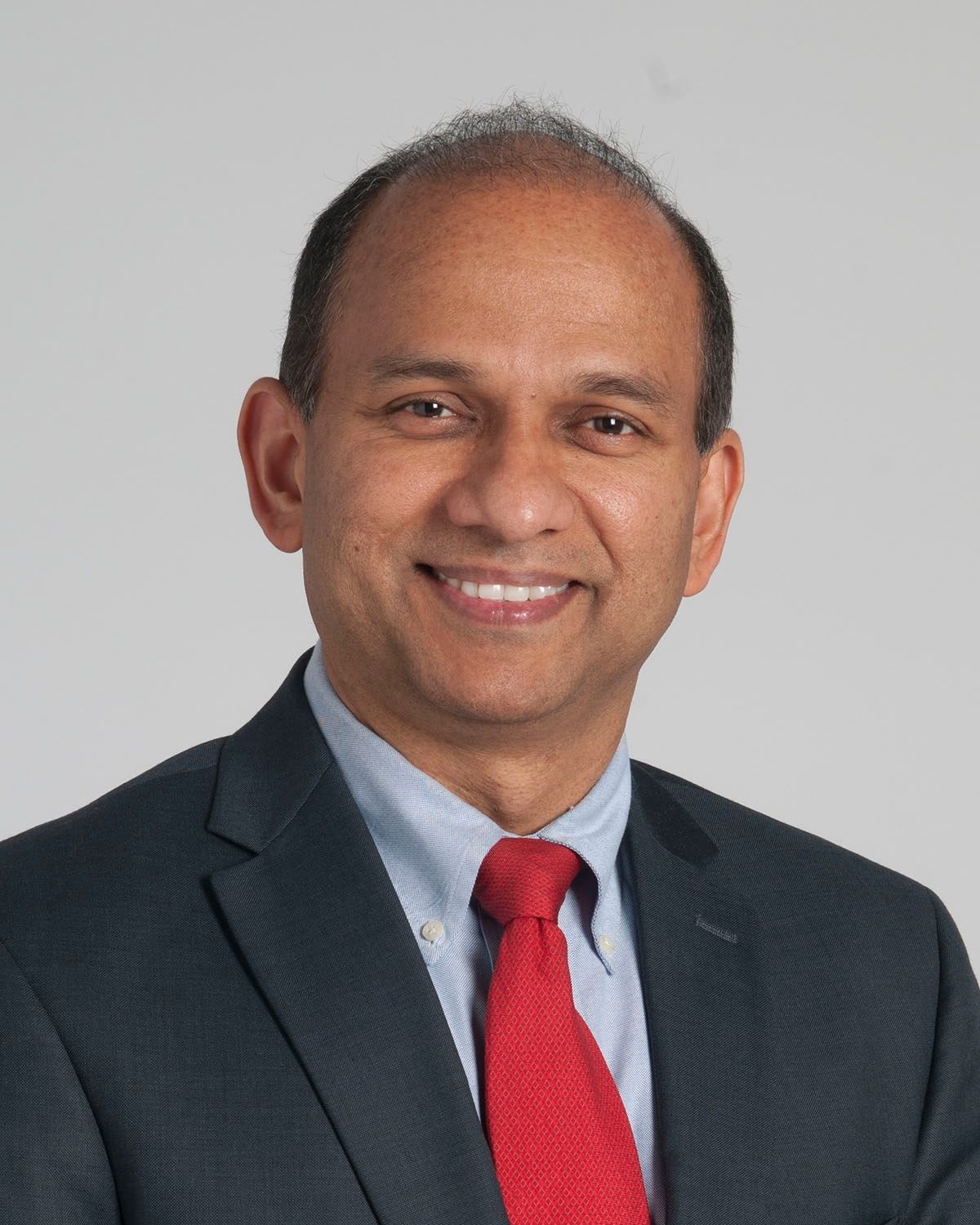New cancer care challenges emerge
Caring for survivors and finding best practices for new treatments
Decades of research are yielding new advances in using genomics and immunotherapy in cancer care, and while more people are surviving the disease, more are dealing with the after-effects of their care.
The National Institutes of Health (NIH) estimates that there will be more than 1.6 million new cancer diagnoses in 2015, and nearly 590,000 people will die as a result of the disease. But cancer deaths overall are decreasing, and NIH says nearly 14.5 million people beat cancer in 2014-a number that could rise to 19 million by 2024.

LichtenfeldJ. Leonard Lichtenfeld, MD, MACP, deputy chief medical officer of the American Cancer Society (ACS) says he tries not to sound overly enthusiastic and become part of the “hope and hype cycle,” but there is a lot of progress being made.
“We are really in a very interesting time in both cancer research and cancer care,” says Lichtenfeld. “We have spent decades forming infrastructure that is now allowing us to make progress at a rate which I find really pretty impressive and actually daunting. It’s hard for anyone to keep up with what’s going on in treatment, research and the care side.”
Cautious optimism
There are still fundamental issues to deal with-research funding, attracting new scholars to the field, problems with patient access and quality of care, as well as long-term effects of cancer interventions and caring for a growing number of cancer survivors-but Lichtenfeld says there has also been an “explosion” in the knowledge base surrounding cancer care.
“This will go down as an era where we really began to accelerate our progress in treating cancer,” he says.
But while cancer research is accelerating and making gains, Lichtenfeld cautions that applying that research may be a challenge.
“Will the workforce know which patients need which genomic test or when to do biopsies?” he asks. “How are we going to make all of this understandable to consumers, and to doctors, too? How are we going to build a learning system so that we can really take advantage of our genomic science and apply it effectively at the point of care?”
One notable area of progress in cancer care is immunotherapy, which is a treatment that uses the patient's own immune system to help fight the disease. “We’ve made incredible strides over the last several years in being able to harness the body’s own immune system to effectively fight cancers," says Litchenfeld, noting that more cancers-head and neck, lung, and breast cancers-are showing responses to immunotherapy in clinical trials. “So what we now have is a whole new form of treatment for cancer that we didn’t have a few years ago."

KalaycioMatt Kalaycio, MD, chair of the Cleveland Clinic department of hematology and oncology, says he believes the biggest emerging trend in cancer care is a movement away from chemotherapy in toward more immunologic approaches such as monoclonal antibodies, small-molecule inhibitors of oncogenic pathways, and cellular therapy.
“We are in the middle of a major transformation in the way we care for and treat cancer patients that will finally begin to move the survival needle in a clearly positive direction,” Kalaycio says. “These advances, though, are costly and cancer centers across the country recognize the conflict between the desire for newer treatments, and the reality of limited financial resources to pay for them. Therefore, most centers have begun to standardize treatment regimens to better account for costs, which will allow us to increase the value of our treatments even as reimbursement from all payers eventually decreases.”
Next: Cost and instability
Cost and instability
Despite the optimism, Kalaycio says several factors, including a looming shortage of oncologists, might slow progress.
According to a 2014 report issued by the American Society of Clinical Oncology, the number of new cancer cases in the United States will increase by 42% by 2025. During the same period, the number of oncologists will increase by only 28%, which will lead to a projected shortage of 1487 oncologists. Other challenges include steep rises in the cost of care and unstable drug prices.
“Oncologists see the impact of these prices on patients and are beginning to demand changes in price structure. Drug prices also impact insurance premiums, deductibles, and copays shifting costs to patients who are increasingly unable to afford them,” Kalaycio says. “Another challenge is research funding, which will always be threatened because of the constraints placed on the federal budget. Ironically, oncologists are depending more and more on pharmaceutical companies to fund clinical research even as we petition them to lower drug prices. Without funding, the remarkable advances we have recently made in immunotherapeutics would not have been possible.”
Next: Survivorship planning
Survivorship planning
With individualized therapy that is more effective and accessible through healthcare reforms, more people will live longer with their cancer diagnosis, bringing survivorship issues to the forefront.

Abraham“We have the responsibility of taking care of millions of cancer survivors,” says Jame Abraham, MD, director of the breast oncology program at the Cleveland Clinic. He says for years physicians have simply trumpeted how lucky patients were to beat the disease without acknowledging the fallout. “We kind of ignored many of the harsh realities of surviving the treatments.”
Those realities include limited arm movement, hot flashes, menopause, sexual dysfunction, financial burdens, neuropathy, memory deficits, and more. By the end of this year, says Abraham, all cancer programs should include in their care plans a survivorship conversation with patients to help them identify and cope with the problems they may face. He says the growing number of cancer survivors means clinics and cancer programs really need to double up survivorship clinics, programs, and rehabilitative support services.
Rachael Zimlich is a writer in Columbia Station, Ohio.
Analysis Finds Brukinsa May Provide Costs Savings Over Imbruvica in CLL
April 14th 2025In a statistical analysis, Brukinsa resulted in fewer cases of disease progression or death and resulted in lower overall healthcare costs than Imbruvica in patients with chronic lymphocytic leukemia.
Read More
Rutgers Cancer Institute Reviews Guidelines for Managing Blood Cancers During Pregnancy
April 8th 2025About 6% of pregnancy-related cancers are Hodgkin lymphoma, and 5% are non-Hodgkin lymphoma. Leukemias in pregnancy are rarer, accounting for 1 in 10,000 pregnancies. The most common pregnancy-related leukemias are acute myeloid leukemia (AML), acute lymphoblastic leukemia (ALL), and chronic myeloid leukemia (CML).
Read More
Using the 'Pathway' Approach to Shorten the Time Between Cancer Diagnosis and Treatment
November 16th 2022In this episode of Tuning In to the C-Suite, Briana Contreras, editor with Managed Healthcare Executive spoke with Dr. Yuri Fesko, oncologist and vice president of Medical Affairs at Quest Diagnostics. In the conversation, Dr. Fesko addressed the ongoing issue of long gaps of times between receiving a diagnosis for a type of cancer and finally getting the treatment for it. Dr. Fesko shared the benefits a number of sectors receive when treating patients sooner and the steps to get there.
Listen
CAR T-Cell Therapy Cuts Costs, Reduces Treatment in Mantle Cell Lymphoma
March 13th 2025In a real-world study, researchers found this data by comparing treatment patterns, healthcare resource utilization, and costs between patients receiving CAR T-cell therapy and those treated with the non-CAR T standard of care.
Read More